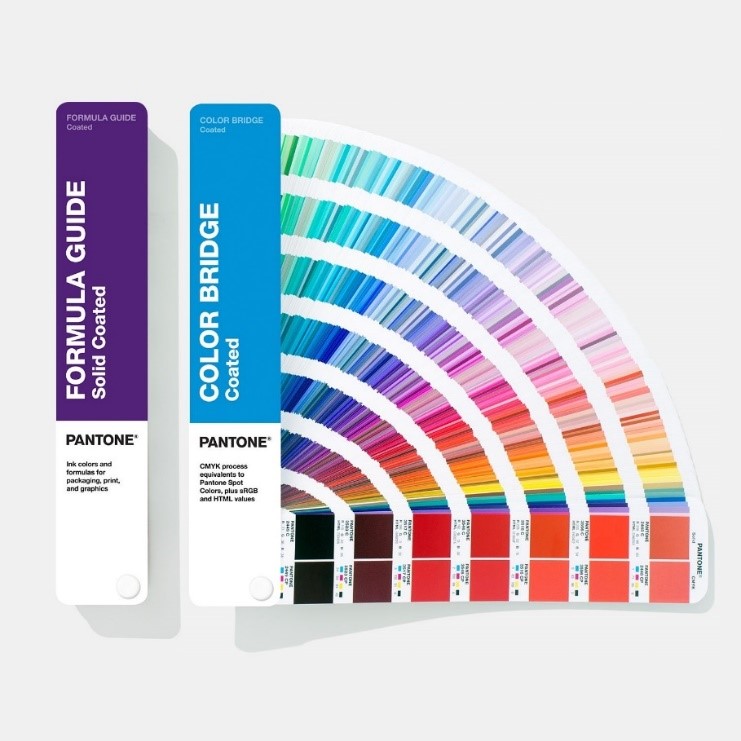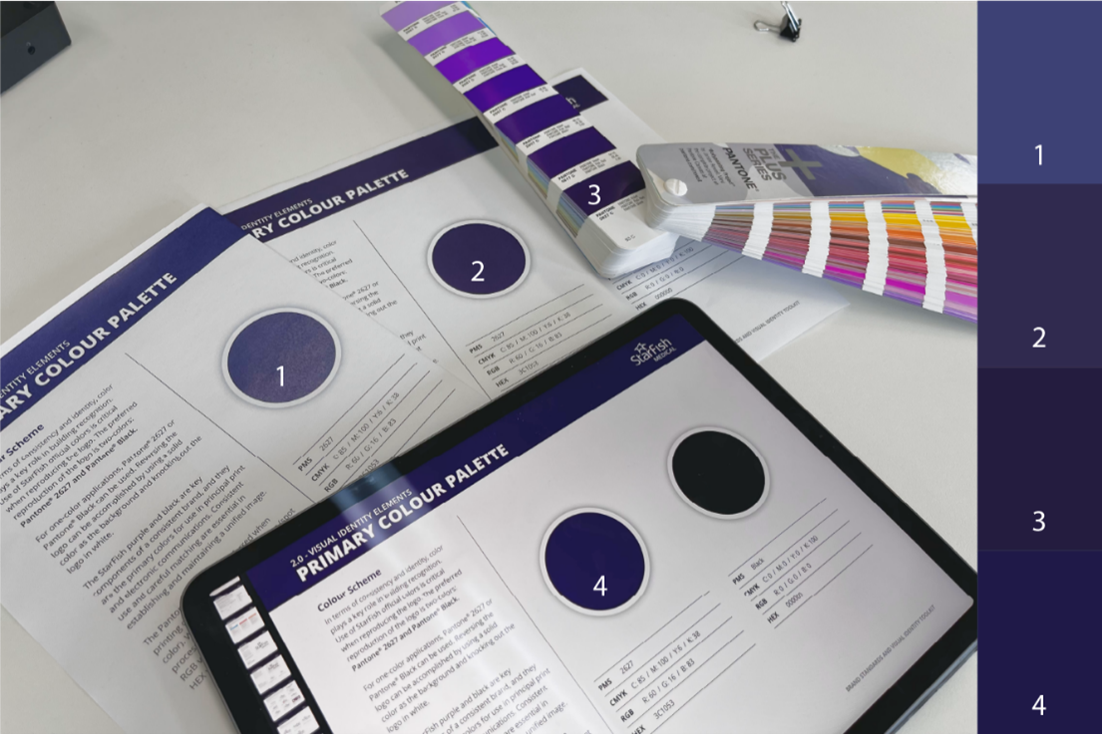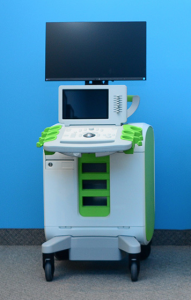
Application of Pantone Color System in Medical Device
Color plays an important role in a product. It can define a brand identity and help usability of a product. When it comes to medical devices, the role of color becomes even more critical, guided by safety standards and regulatory requirements.
When we are describing color, we merely state them as “white”, “red”, “gray”, etc. However, when it comes to defining color of a product, it needs more accuracy since these words cover a wide range of shades with varying levels of brightness (saturation) and color quality (hue).
To precisely communicate colors, designers must refer to universally recognized color standards. There are many color standards but if you’ve been involved in product development, you have likely come across the term “Pantone Color” at some point. What exactly is Pantone Color, and how can it be used effectively in design and manufacturing?
What is Pantone Color?
Pantone is a standardized color system that allows designers, manufacturers, and printers to accurately communicate and match colors. It was developed in the 1960s by Lawrence Herbert, a chemist and entrepreneur, who recognized the need for a standardized color system in the printing industry. Today, Pantone color is widely used in many industries, including fashion, graphics, product design, and packaging.
How Does Pantone Color Work?
The Pantone color system uses a set of colors that are assigned a unique number and name. Each color is created by blending a specific set of pigments, and the resulting color is then assigned a unique code. Pantone makes color libraries in the form of swatches, or color chips, which are printed on coated and uncoated paper. The system includes a special color library for metallic and fluorescent colors, as well as color guides for specific industries, such as fashion and home decor. This allows designers to specify a color regardless of the medium or lighting environment they’re working in.

How is Pantone Color used?
Let’s say we want to produce StarFish Medical Purple. We can use the Pantone color system to identify the exact shade of the purple. According to the StarFish Medical brand guideline, Starfish Purple is Pantone 2627. We communicate this information to a manufacturer or printer, who can use the Pantone color system to identify and mix the ink to match the specified color. This process is important because color on printers, monitors and paints are all different unless calibrated.

Product
This applies to physical product as well. Color matching parts is challenging especially because there are more factors that can impact the outcome. Material, surface finish, manufacturing method, climate of the site can contribute to the result. Next is an image of ExactVu a Micro-Ultrasound platform designed by StarFish Medical. In the cart, there are multiple locations that are colored green. Probe holder is made of silicone and the rest of the parts are plastic. Such challenges usually require multiple sampling to finalize the details, but Pantone color system can optimize communication.
If you want to learn more about color variation in medical device, read the article written by Dana Trousil: How to Minimize Color Variations in Your Medical Device

Why is Pantone important?
- Consistency: By using the Pantone system, designers and manufacturers can ensure that colors are consistent across different materials and products. This is particularly important when developing products with multiple components or using different manufacturing processes.
- Communication: Using Pantone colors makes it easier to communicate color specifications with suppliers and manufacturers. It also helps to avoid confusion or mistakes when working with different teams or vendors.
- Accuracy: The Pantone system provides a high level of color accuracy. Each color swatch in the color book is specially mixed individually. By using Pantone colors, designers can be confident that the final product will look the way they intended.
Color plays an important role in medical devices. To precisely communicate colors, designers must refer to universally recognized color standards like Pantone. For more information, check out our blogs on color and medical devices.
Sunghyun Lee is a Junior Industrial Designer at StarFish Medical. Sunghyun studied Industrial Design at Carleton University and is interested in adopting new technology to help answer design problems more effectively.
Pantone Color Book Image: Pantone Official Website
Images: StarFish Medical
